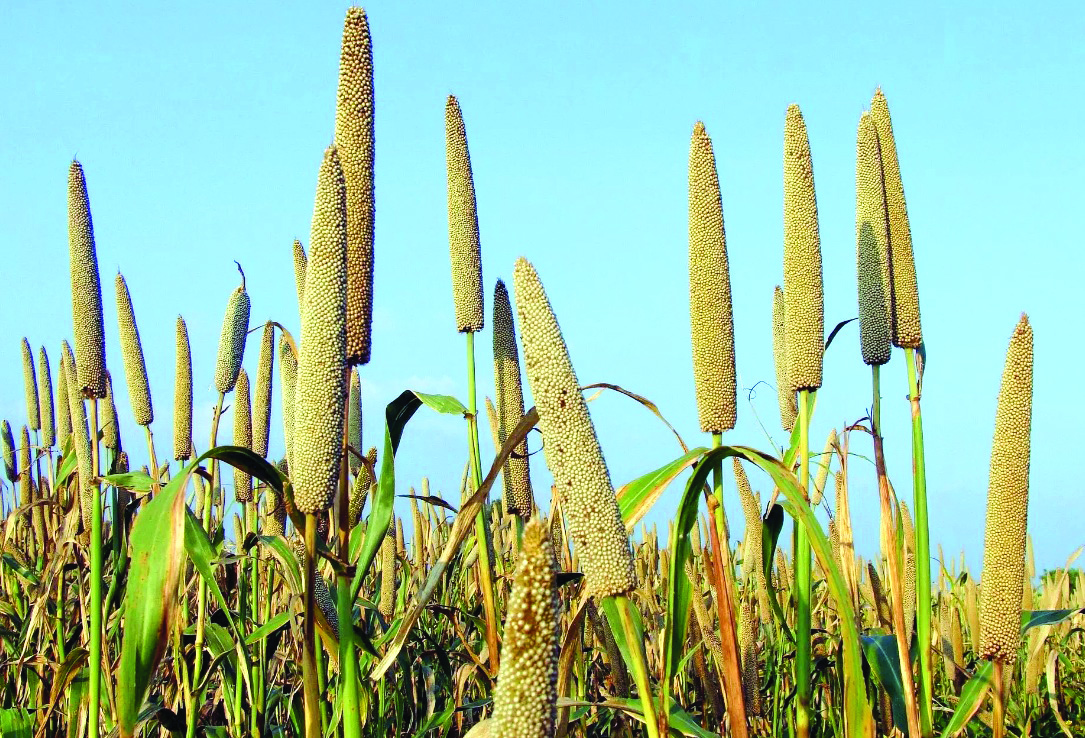Cooch Behar to get millet hub

cooch behar: In Satmail, Cooch Behar, an organisation in collaboration with Nabard, is taking up the initiative to establish a millet hub. This hub aims to expand millet cultivation, provide training to farmers, facilitate seed production, offer millet rice processing machines, and teach the production of millet laddu, noodles, and biscuits.
Amal Ray, one of the directors of the Satmail Satish Farmer Producer Promoting Organisation, stated: “With financial assistance from Nabard, we are starting this project, involving 15 Farmer Producer Organisations (FPOs) and a total of 315 farmers in the districts of Cooch Behar, Alipurduar, and Jalpaiguri in North Bengal. This will benefit the farmers and contribute to the expansion of millet cultivation. The millet processing mill will be set up in Satmail within the next 2 months through the Nabard project.”
Gautam Roy, a millet farmer from Falimari village in Cooch Behar-1 block, said: “My father and grandfather used to cultivate millets in the past but discontinued due to low demand. With the encouragement from the organisation, I have now cultivated 1.8 acres of land, hoping for a good yield.”
Rajat Chatterjee, deputy director of agriculture (training) in Cooch Behar, mentioned that the Department of Agriculture has already started creating awareness and exhibition areas about millets. They also have plans to undertake more initiatives in the future. The establishment of the Millet Hub in Satmail is commendable as it will meet the demand for millets and benefit the farmers.
Biplob Mitra, an agricultural scientist from Uttar Banga Krishi Viswavidyalaya, emphasised the need for research on millets due to their diverse varieties. He also highlighted the importance of developing agronomic practices related to millet cultivation. “We are making efforts to expedite actions related to millets and make progress quickly,” added Biplob Mitra.
He further mentioned that millets are environment-friendly as they require minimal fertilisers, less irrigation, and have a low carbon footprint. They are also cost-effective.



